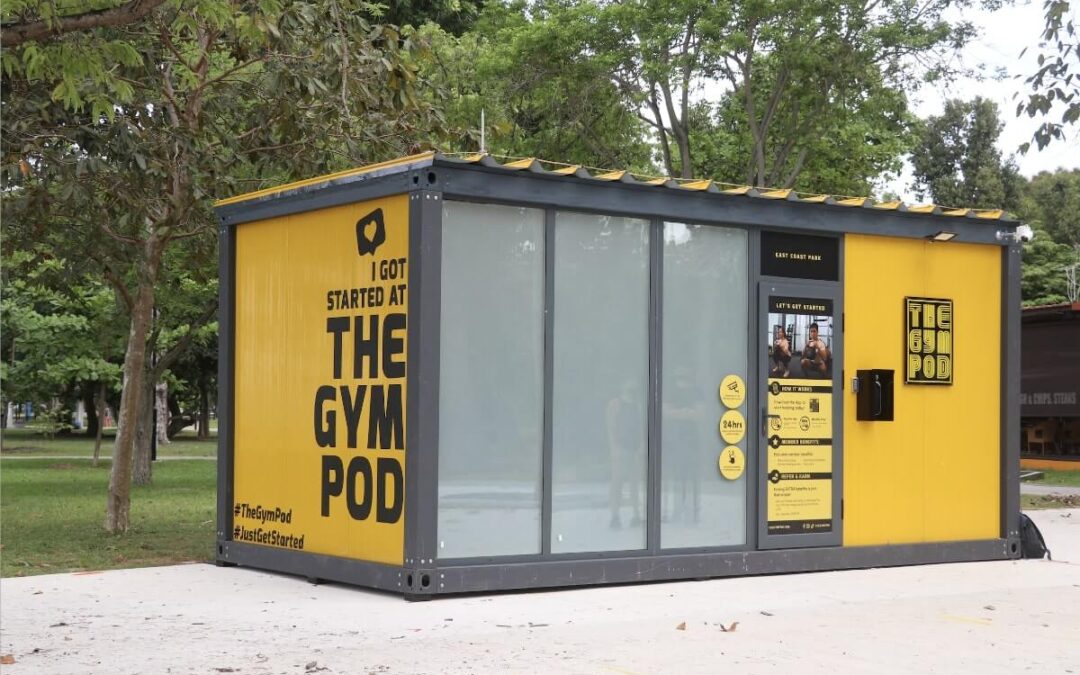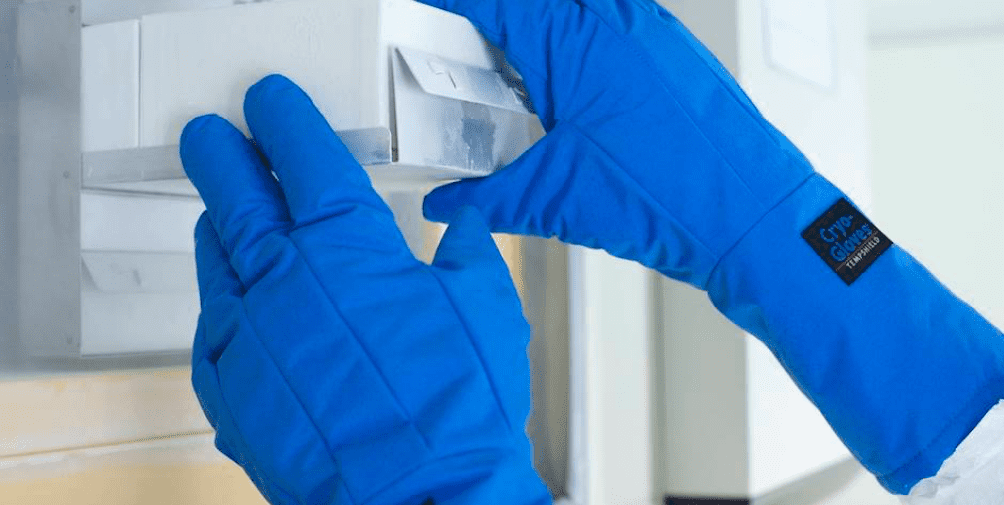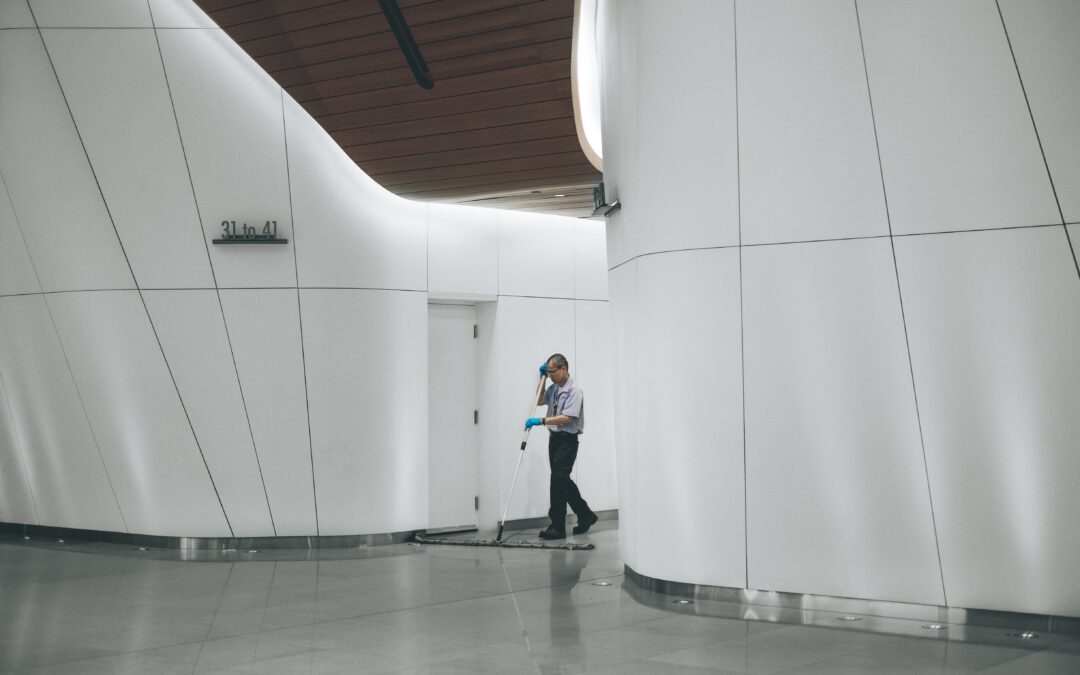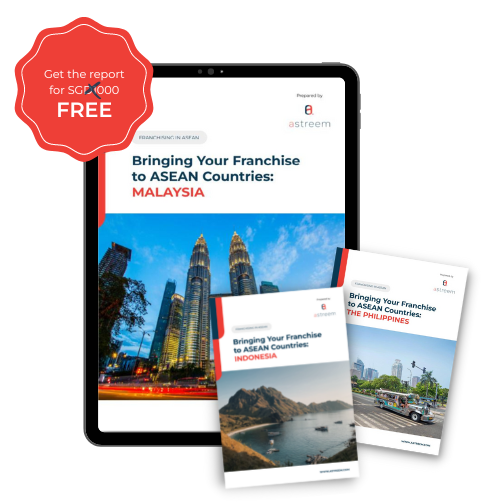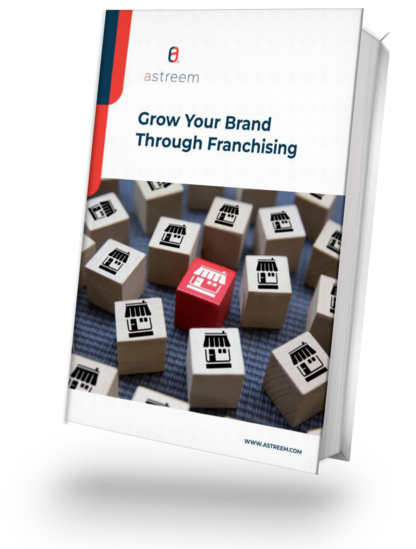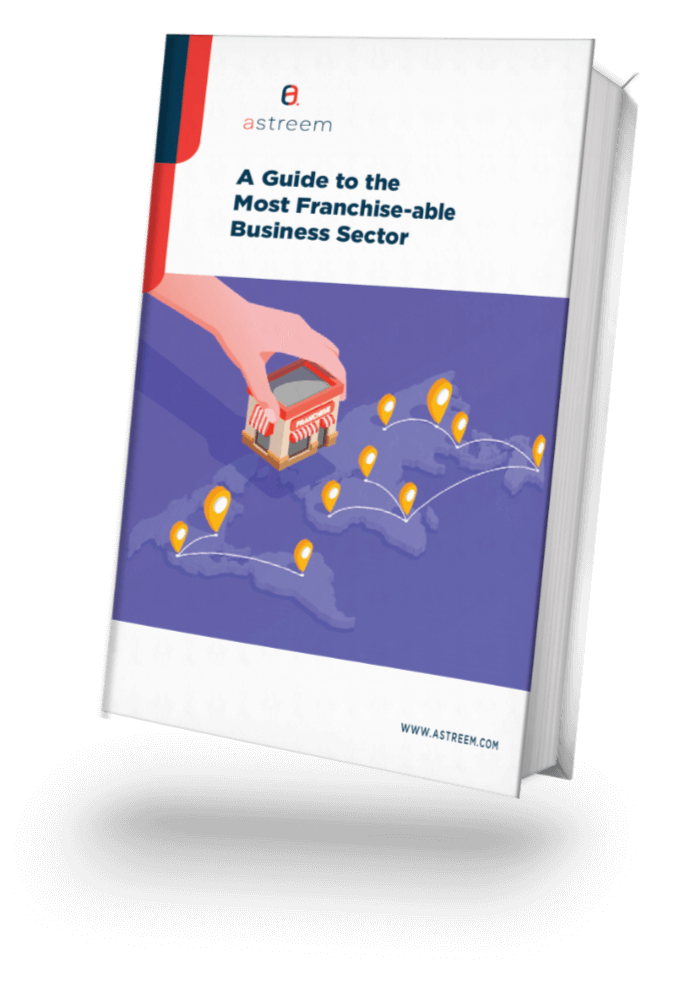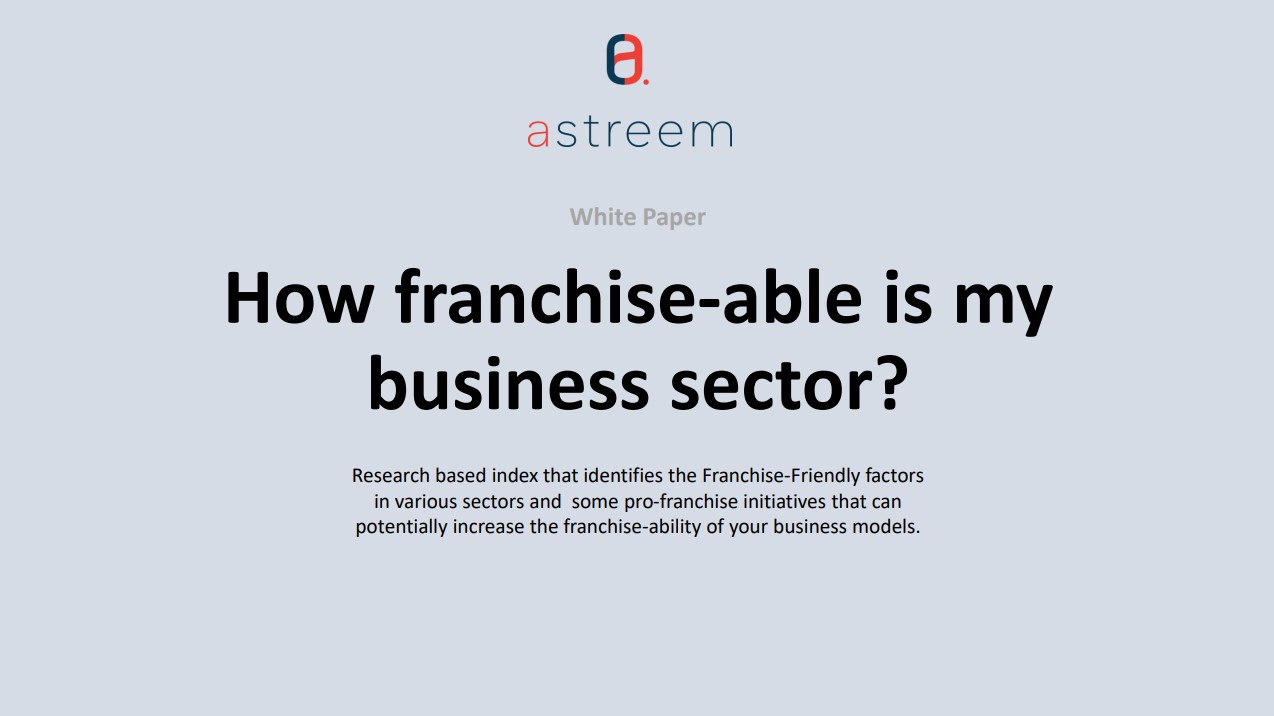Last February 24 and 25, 2021, the Malaysian Franchise Association hosted a webinar entitled Restaurants Menu Management Masterclass. The 2-day event was presented by Astreem’s Principal Consultant – Hsien Naidu. Astreem is a business consultancy company based in Singapore and amongst its many services include Franchise Development and F&B brand consultancy. The masterclass focused on Menu Engineering and its impact on the F&B business’s success. Participants were introduced to different levels of Menu Engineering, from designing menus from an aesthetic perspective and then introduced to the principles of using data to analyze the performance of their products using the Popularity and Profitability Matrix to optimize their menu’s design.
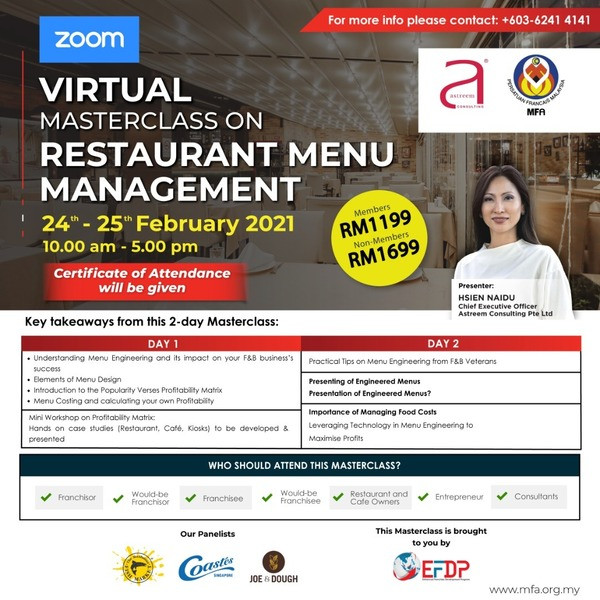
The Menu as a Strategic Tool
Research shows that 56% of customers can be influenced by the menu board, and about 74% said that an easy-to-read menu board is their top priority. People eat with their eyes first and based on experience, if the food doesn’t look good, it will not taste good. This is the importance of branding and optimizing your restaurant’s menu. This simple piece of paper is a critical part of a food business’ brand and experience whether it is a restaurant, kiosk, café, brick and mortar, or delivery service located in Singapore or anywhere in the world. In fact, the management needs to prioritize the development of the menu’s design not only for the aesthetics of the brand but also for economics and customer experience.
To be profitable, a beautiful menu alone may not be sufficient to ensure maximum productivity. To maximise the performance of the menu, business owners need to optimize their menu designs by leveraging data. This is done to increase profits, to make the customers purchase what you want them to, improve the quality of service, reduce food wastage, and finally, to make it easier for consumers to get what they want, faster.

A restaurant that has not solicited the services of an F&B branding consultancy run into these common problems with their menu:
1. Too many selections
2. Too many photos
3. Missing Information
4. Inadequate Data
These in turn result in confused customers and low sales. Businesses then miss the opportunity to lead consumers to the outcome that they want. Have a look at this case study that one of the participants made. This is an example of an unoptimized menu. Will people be enticed to order looking at this menu? Why not?

Factors that contribute to a Successful Menu
Being a strategic F&B Brand consultant in highly competitive Singapore, we often tell our clients “In order to design a customer-centric Menu, you have to think like a customer, and to design an optimised menu to captivate both customers and profits, you have to think like a customer-driven data scientist.”
Sounds like a tall order? In the 2-Day webinar, the participants were guided not just to remove items on the menu or add any random service. It is not good for the business to oversimplify for the sake of simplification. Decision-makers in the food industry need data to make strategic decisions. For many businesses, being able to have access to the desired data can be a challenge. You cannot improve what you cannot measure or track. Many f&b business owners build menus based on what they are strong in and imagine their customers want. Without leveraging business process management tools, it can be very challenging to invest the manual labour it takes to sort through the raw data. Even so, many business owners underestimate the value of having access to this data and take the risk to manage by just watching the bottom line and making daily operations are in good order. Building a menu without data is like building a sandcastle. One wave of challenge and it’s all gone. Prioritizing data is a strong strategy and a good approach for any business development.
In the menu, each of the products and services has its own position in the profitability matrix. The Profitability Matrix is one of the many tools that a business owner can use to determine if the products serve the bottom line.

The Food and Beverage industry’s food products can be categorized into the following:
Star: high popularity, high profit
• These items are winners! Keep them. The owner may even consider a modest price increase on the next menu rollout, which, out of all four categories, will work its way to the bottom line fastest due to the high popularity and profitability of these menu items.
Plow horse: high popularity, low profit
• Due to low profitability, the owner should think about how to reformulate them to improve margin and value. This can be achieved through a price increase, ingredient change, portion variation, or all of the above.
Puzzle: low popularity, high profit
• Puzzles make money but people do not like them much. Consider highlighting or repositioning these items on the menu or incorporate them into a promotion to increase sales volume.
Dog: low popularity, low profit
• Dogs represent food items that are not ordered often nor have a large profit margin. However, there are cases when Dogs need to stay on the menu. One example may be kids’ options which may not sell often but are important to keep for families.
What tools should you use to obtain these data?
You, the business owner, can create and track your numbers on a spreadsheet but doing so can be tedious according to experience. To list the sales, expenses, wastage, etc. daily will not help to scale in the industry. There are various tools for inventory management, POS, and kitchen management available but to manage them one by one is more burdensome than helpful. When doing manual work, people can and will make mistakes that can derail the strategy.
As a seasoned brand consultancy company in Singapore that has served hundreds of F&B companies and built many F&B Operations management systems, we advise you to take a strategic approach to data collection. Instead of using tools (ie. plural), use one comprehensive one-stop-shop service that integrates all the functions of your F&B business from Procurement, Central Kitchen production, warehouse and inventory and sales down to the point of sales systems for each and every one of your individual outlets. This F&B Operations management system will help you save time and effort, giving you the right data and information to work on what is truly important for your business – thinking of ways how to earn more and how to scale. Therefore, it is high time to leverage technology in Menu Engineering or design to maximise profits. Astreem leverages Core360 F&B as the preferred technology platform to provide such a service to seamlessly tie the front of house services to back of house services of the F&B business.
Core360 has a system that integrates flexible wireless POS, a friendly menu & order input setup and faster & easier payments for smarter cashiering. With all the sales data coming in thru this funnel, the owner can see on the spot live data, and when offline, data is uploaded to a local server and synchronised for viewing when needed. No more worries that a single transaction will be missed on a manual setup. Moreover, you can keep operations seamless with CoreF&B’s fully integrated Back of House modules. From Inventory & Recipe Management to BOH Reports & Analytics, the data is ready to see with a click. Finally, with reports you can customize (ie. station reports, recipe expense reports, end of day reports), you are empowered to have a wider outlook of your items across outlets and allocate them wherever necessary. Core360 can give you all the data-packed with value to help you make an informed decision.

Strategy to improve your restaurant’s menu design
With reliable data now in your hands, you can now design your menu. Now you know why you want to highlight You know what dishes to highlight, where and how. With this foundation, you can engineer your Menu towards profitability. Here are only some of the tips the participants used to optimize their menu. This and many more factors are considered in their strategy.
- Refrain from using Excessive photos. Too many pictures are associated with low-end, cheap venues, so high-end restaurants usually avoid photos. However, one photo per page has been shown to increase sales up to 30%, especially at casual, affordable eateries.
- Take away the $ Sign. Research has found that taking away the $ signs weakens the association between the number and spending. i.e. People spend more!
- Add a good description. A good description of the food items on your menu increases selling by around 25%. This can also help with decision-making for those who have allergies or are averse to a certain ingredient.
- Evaluate Real Estate. Conduct a “sales-to-space” analysis to determine if the ideal amount of menu board “real estate” is devoted to your best-selling items. It is also good to learn more about the Golden Triangle rule which says that in a Menu, the customer’s eyes start in the middle then turn towards the upper right-hand corner of the menu, and then to the left then back down, creating a triangle. With this, you can strategically position the stars, dogs, plowhorses, and puzzles on your menu.

With data and know-how on the complete menu psychology, the participants revised and improved their menu. Slide and see the new menu that Grand Canyon Restaurant Made.

Conclusion
In order to contribute to your restaurant’s profitability, A menu must be data-driven first so that you don’t have to second guess or labor for accurate data. You can leverage tech service providers such as Core 360 to give you relevant information coupled with easy end-to-end management of your daily operations. Beginning with the end in mind, the brand strategy will be clearer for your industry. You don’t have to totally change your services and branding to be successful, you can take small but smart steps towards growth in your industry starting with the menu.
If you want to know more about the Popularity and Profitability Matrix, our F&B Brand Consultancy Services and Core360, get in touch with us, we are happy to help.





